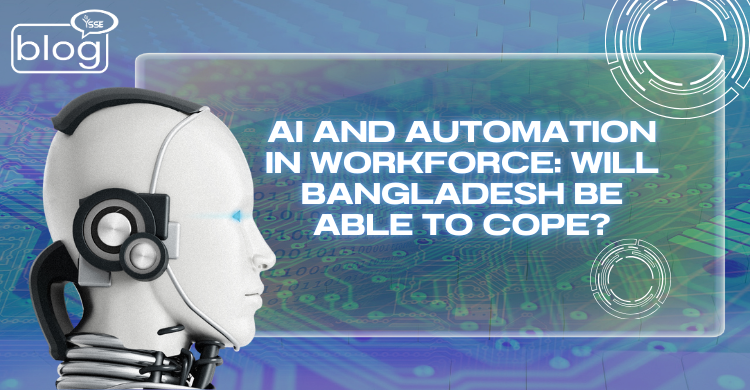Can you imagine a society without AI? Even without automated technologies, we can not imagine our life.
Like that, AI has made its own place in the workforce. AI and automation in the workforce encompass advanced technologies that make it possible for machinery, systems, and software to conduct functions that human beings previously performed. Such functions include the simplest automation of tasks and the most advanced AI-based decision-making.
However, let us examine the terms more closely while also understanding how they operate in the sphere of work. AI in Employment. As a concept, Artificial Intelligence encompasses the capacity of machines or systems to complete tasks that would once have been carried out by a human being. Tasks that can involve learning, reasoning, or problem-solving, including comprehending and recognizing language, and making decisions are included among these areas.
Imagine this AI in the workforce like automation in the workforce and manufacturing robots. Robots in the manufacturing industries installing products or transferring raw materials to other machines without the need for a man to perform such tasks. Global firms like Amazon have fully automated inventory management systems which consist of robots, AI and drones for picking, packing, and dispatching. With the development of self-service machines, their functionalities have increased and customers do not need to wait for cashiers to be served in supermarkets or fast foods.
But the real question is, will Bangladesh be able to cope with the changes that AI brought?
If you see statistically, according to Bangladesh Bureau of Statistics, Statista, Trading Economics in 2024 the unemployment rate in Bangladesh is between 3.65% and 5.09%. With these statistics, it is clearly shown that automation in the workforce has just been introduced in Bangladesh but the unemployment rate is already this high. In the near future, the unemployment rate will be higher than this.
Again automation is beginning to emerge as a significant feature in the global redefinition of job markets. In 2020, the World Economic Forum predicted that automation would replace approximately 85 million jobs by 2025. At the same time, 97 million new employees are likely to emerge, better adapted to establishing work patterns that blend algorithms, computers, and people. Given that the workforce can successfully shift, this duality offers a scenario in which the replacement of traditional jobs leads to new opportunities. But in Bangladesh, most people are more dependent on labor-related work than practical and technical work. This is the main problem because approximately after the year 2030 all the labor work will be done by machines because of more efficiency, low cost, and safety.
What can be done to cope with the situation?
- Changing the Education System and Set Skill for Employment
Bangladeshi education systems should shift their focus to teaching these subjects early on, such as coding, data science, robotics, and STEM (Science, Technology, Engineering and Mathematics) Proficiency. This can prepare you for employment in industries that need a higher level of technical competence. Also developing skills that will help you to sustain in the market.
- Vocational and Technical Training
To address the emerging requirements for employment in technology, AI, and automation, greater emphasis should be placed on vocational training programs to prepare yourself for new sorts of employment. These could encompass professions in AI system administration, robotics, and cybersecurity.
- Promoting Entrepreneurship
It is recommended that you stimulate the creation of new businesses in the scope of technology and innovation as it could create new companies that would employ the people who would have been automated out of current industries. The establishment of tech businesses, startups, and venture capital investment should be promoted along the way to foster innovations and create employment.
- Unemployment Insurance and Support
Governments can increase unemployment benefits so that workers whose jobs are automated have a safety net economically and are able to look for further work opportunities or retrain for other industries.
- Job Transition Programs
Governments and companies can start programs that would enable workers from older dying industries such as traditional manufacturing to younger successive industries such as green energy, tech, healthcare, etc. Such programs may include career consulting, surrogate wages when students are retraining, and cooperation with education providers. Creating an Environment for More Jobs in New Industries Even though automation may result in some job losses, it will also open doors to new jobs. Thus, the focus for the government and industries should be on job creation in new industries that are likely to emerge due to automation.
If you follow these instructions from now on you will be able to sustain in the market where AI and automation would take over place.
Click here to read more blogs like this
Writer,
Fabiha Bushra
Intern, Content Writing Department,
YSSE

